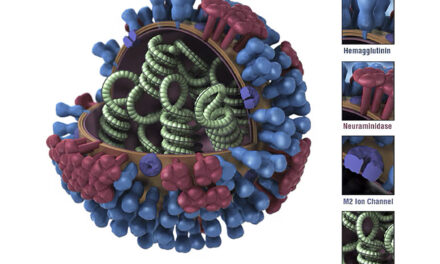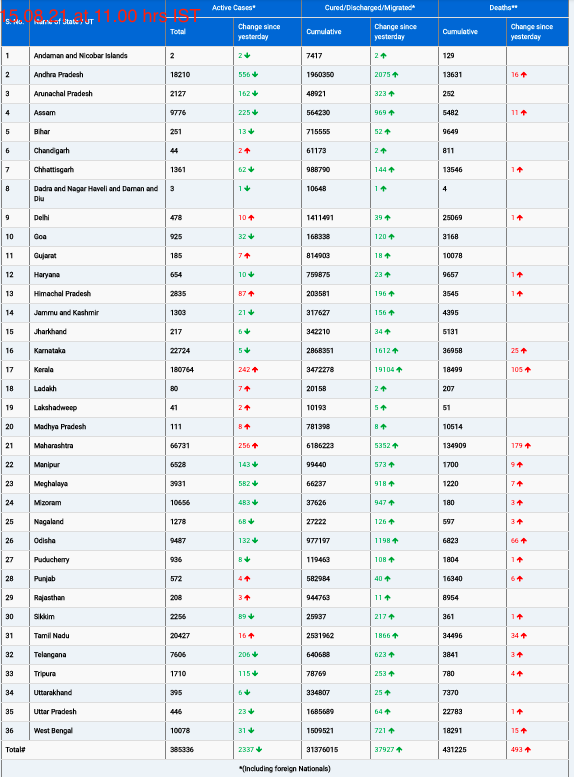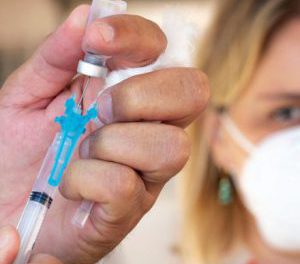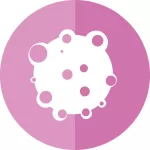In the event of the next global pandemic, a novel mathematical model could drastically shorten the time needed to identify and develop effective treatments. Drawing from the lessons of the COVID-19 pandemic, where numerous drugs were hastily proposed with limited success, a research team led by Coen van Hasselt, Professor of Pharmacology at the Leiden Academic Centre for Drug Research (LACDR), is working on a platform that promises to streamline the drug development process, bringing treatments from the laboratory to clinical research in record time.
Drug development is traditionally a lengthy and meticulous process, often stretching up to a decade. It involves rigorous testing stages, starting from laboratory trials, followed by animal testing, and eventually moving on to trials in healthy volunteers and patients. This process is essential to ensure both safety and efficacy. However, as Professor van Hasselt explains, during a pandemic, “You want to have a treatment within six months.”
Yet, even in urgent situations, caution is paramount. Rushed drug development can lead to the use of treatments with significant side effects or limited efficacy, as seen with some COVID-19 therapies. To balance speed and safety, van Hasselt and his team are developing a mathematical modeling platform designed to support the rapid development and optimal use of drugs during a pandemic.
Efficiency Without Compromise
“In hindsight, it’s clear that many of the drugs used against COVID-19 had little to no effect,” van Hasselt reflects. While research into potential treatments was conducted at an unprecedented speed, translating findings from the lab to real-world patients proved far more challenging than anticipated.
The proposed platform by van Hasselt’s team aims to overcome these challenges by enhancing decision-making at critical points in the drug development process. It focuses on two primary areas: understanding how the drug behaves in the human body and determining its effectiveness in fighting a virus based on laboratory tests.
“This will allow you to predict the optimal dosages of a drug to investigate in larger patient groups,” says van Hasselt. “Doses that are too high may lead to side effects, while doses that are too low are ineffective.” Armed with this information, researchers will be able to design more efficient clinical trials, minimizing unnecessary risks and delays.
Accelerating Drug Development Through Collaboration
The platform, which has already been tested using data collected during the COVID-19 pandemic, will serve as a robust framework for future pandemics. “If a new pandemic breaks out, we’ll have an excellent framework and solid collaborations in place,” van Hasselt states. This collaborative approach is key to accelerating the drug development process.
At LACDR, van Hasselt’s team is working with experts like Anne-Grete Martson, whose group specializes in researching new antiviral drugs, and Tingjie Guo, who is developing user-friendly software for the mathematical models. Together, they aim to forge partnerships with research groups specializing in pandemic preparedness.
“We’ve brought together various partners involved in the entire drug development process,” van Hasselt explains. “With this platform, we can support those different steps, allowing us to much more quickly determine which drugs to move forward with in larger clinical trials.”
In an era where rapid responses to pandemics are critical, van Hasselt’s platform offers a promising solution. By leveraging mathematical models, the process of identifying safe and effective treatments could be shortened from years to mere months, ensuring better preparedness and swifter responses to the global health challenges of tomorrow.












